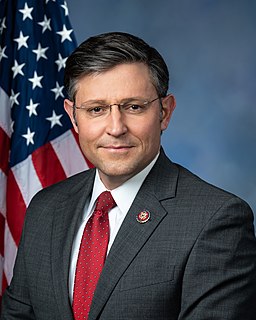Refugees left stranded after Hungary shuts down its borders
In the first eight months of 2015, 350,000 migrants made it into the European Union. This is more people than the populations of several small countries, including Guam, Dominica and Aruba.
In spite of this, Hungary just closed its borders to refugees.
“Hungary is small, and there has been a lot of concern about their national identity,” said Chair and Associate Professor of Political Science Maria Rosales. “There’s been a rise in the right wing in Hungary and anti-immigration in general, anti-Muslim arguments in particular.”
Until recently, a large percentage of Syrian refugees passed through Hungary in order to get to places like Austria and Germany, the final destination for many migrants.
Since Hungary is no longer an option, many people are being diverted to Slovenia, but the country cannot sustain so many people on their own. Already, hundreds of migrants have arrived at the Slovenian boarders, and dozens of busses are lined up at the Serbian-Croatian border.
“The European Union is not doing a damn thing to help the (migrants),” said Assistant Professor of Political Science Robert Duncan. “Allocate so many people per country. Set up some kind of tent city or housing facilities.”
Though there was a plan last May to streamline certain numbers of migrants to the countries in the EU, the plan seems to have fallen apart in the face of what many are calling the Syrian refugee crisis.
“They need to get their act together and respond to this crisis … but they don’t trust each other,” said Duncan.
As of now, Germany, which recently reopened their borders to Syrian migrants, is one of the only countries accepting large numbers of people.
“Germany is well aware that its own demographics mean it needs young people, and a lot of the refugees are young,” said Rosales.
Several countries in the Middle East are accepting refugees, such as Gaza and Libya, but an overwhelming number are not.
“Qatar for example, they’ve got a lot of money and a lot of resources,” said Rosales. “They could take refugees, they’ve just made this choice that they don’t have to.”
The United States itself has pledged to take 10,000 migrants, though many speculate it can take in many more.
“We probably need to keep the pressure on to encourage taking in more refugees,” said Assistant Professor of Justice and Policy Studies Krista Craven, who worked at a center for refugee and immigration studies in Toronto, Canada.
“10,000 is quite minimal when you look at the number of refugees.”
Many students feel the same way, sighting resources and space as reasons the U.S. should be able to host many more than 100,000 refugees.
“We have a lot of privilege and the resources to be able to be a part of a solution” said Student Body President and junior Molly Anne Marcotte.
One of the ways the U.S. can do this is through the Every Campus a Refuge movement, a movement to get every college campus across the country to host at least one refugee family.
“Guilford, if it truly holds integrity to its core values, should find ways to be part of the solution,” said Marcotte. “We have the resources to do it. It’s just a matter of allocating them.”
Guilford itself is getting a refugee family by the year 2016, due largely in part to Chair and Associate Professor of English Diya Abdo’s efforts.
“Every campus has resources to provide space for at least one family,” said Marcotte. “If Guilford is in a $2 million deficit and we are still able to host a family on our campus and bring the community together to holistically welcome a family, I don’t see an excuse for any other campus.”





